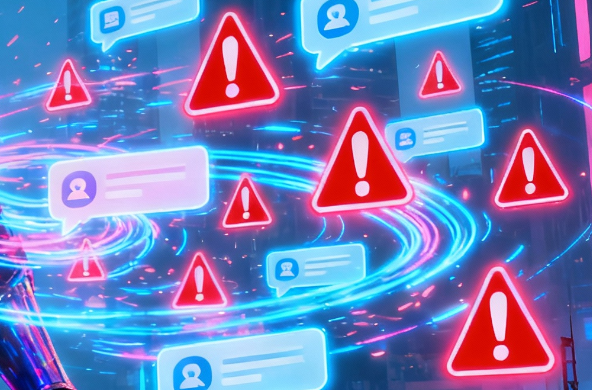July 2025 has marked a sharp escalation in deepfake-driven cybercrime targeting U.S. financial institutions and enterprises. Attackers are increasingly using AI-generated voice and video impersonations to trick employees into transferring funds or divulging sensitive information, often bypassing even well-established security protocols.
These deepfake scams have evolved beyond traditional phishing and business email compromise. In several high-profile incidents, synthetic audio or video calls have enabled criminals to convincingly pose as corporate leaders or trusted colleagues, coercing staff into executing high-value wire transfers or releasing confidential data. The financial sector, including banks and real estate firms, has become a prime target, with scams leveraging fabricated executive identities to initiate fraudulent transactions under pressure and urgency.
The pace and scale of these attacks is unprecedented: the number of deepfake incidents in the financial tech sector rose 700% between 2022 and 2023, and Deloitte projects $40 billion in AI-enabled fraud by 2027. Reported financial losses exceeded $200 million in the first quarter of this year alone, highlighting the enormous implications for businesses that rely on voice and video verification.
In response, U.S. lawmakers have introduced bipartisan legislation establishing specialized task forces and harsher penalties for those using AI-generated forgeries to commit fraud, while the Pennsylvania legislature recently enacted a law making it a felony to use deepfakes for financial exploitation. Regulators and industry groups emphasize stepping up multi-factor authentication, investing in deepfake-detection technology, and training employees to recognize the new wave of sophisticated scams.
For security teams, the challenge is clear: legacy trust mechanisms are no longer enough. Only layered defenses — combining technology, policy, and continuous human vigilance — will suffice to combat this fast-evolving threat to the American enterprise.
Key Facts: Deepfake Cybercrime Surge – July 2025
-
Rising Threat: Deepfake-enabled scams have escalated sharply in 2025, with attackers using AI-generated audio and video to impersonate executives and trusted contacts.
-
Primary Targets: Financial services, government agencies, and technology firms in the U.S. are among the most targeted industries.
-
Attack Tactics: Common scams involve synthetic media used in:
-
Business email compromise (BEC)
-
Voice phishing (vishing) using cloned executive voices
-
Video calls faked with real-time avatar generation
-
-
Scale of Impact:
-
Over 8 million deepfake attacks projected globally in 2025
-
Estimated losses in Q1 2025 exceeded $200 million in the U.S. alone
-
-
Legislative Action: U.S. and state governments (e.g., Pennsylvania) are passing laws to criminalize malicious use of deepfakes for fraud and identity abuse.
-
Recommended Defenses:
-
Implement strong multi-factor authentication (MFA)
-
Deploy deepfake-detection tech where feasible
-
Deliver targeted employee training on recognizing AI-generated scams
-
Avoid relying solely on voice or video for identity verification decisions
-
Stay alert — AI-driven deception tactics will only grow more convincing.



